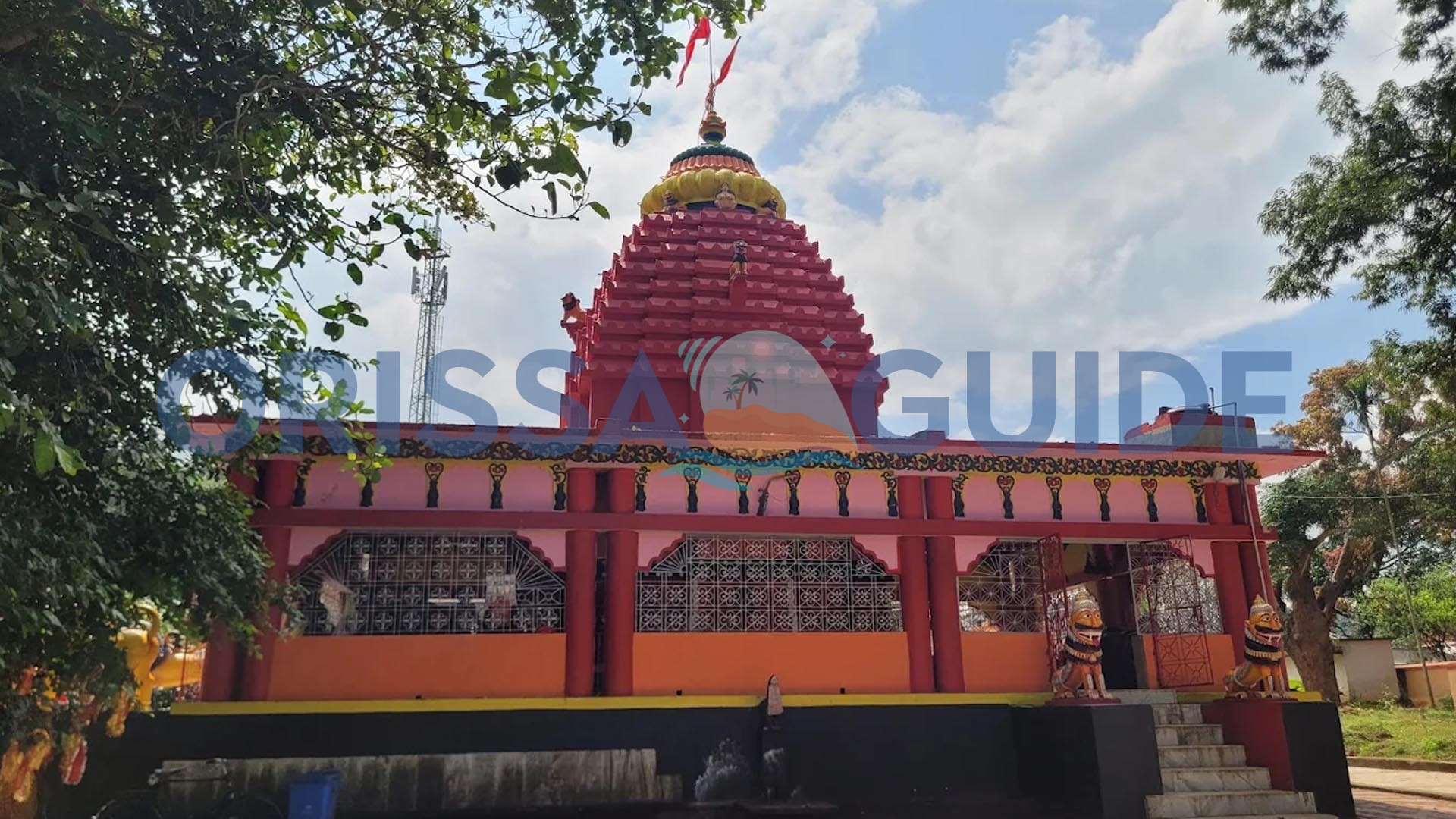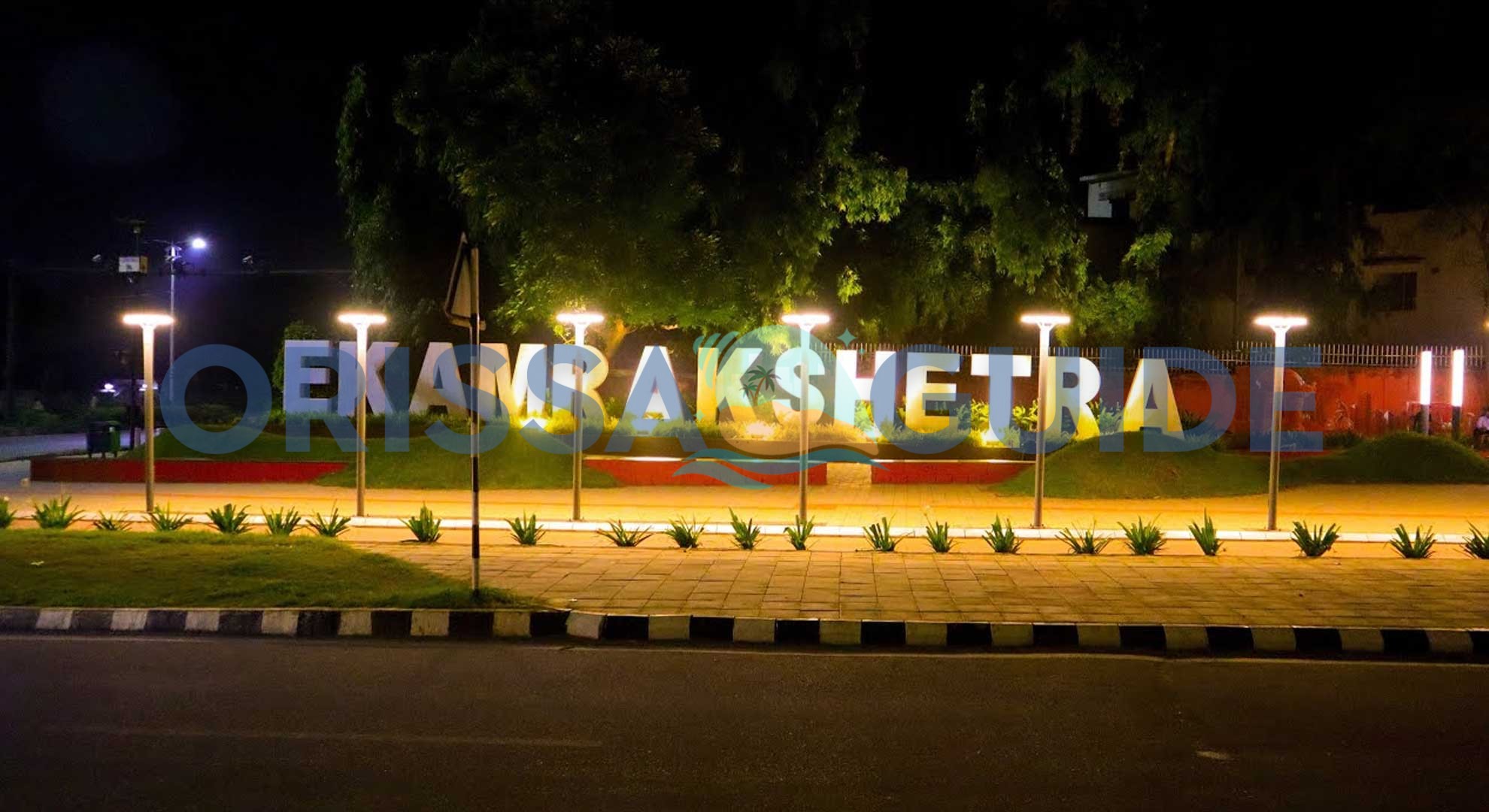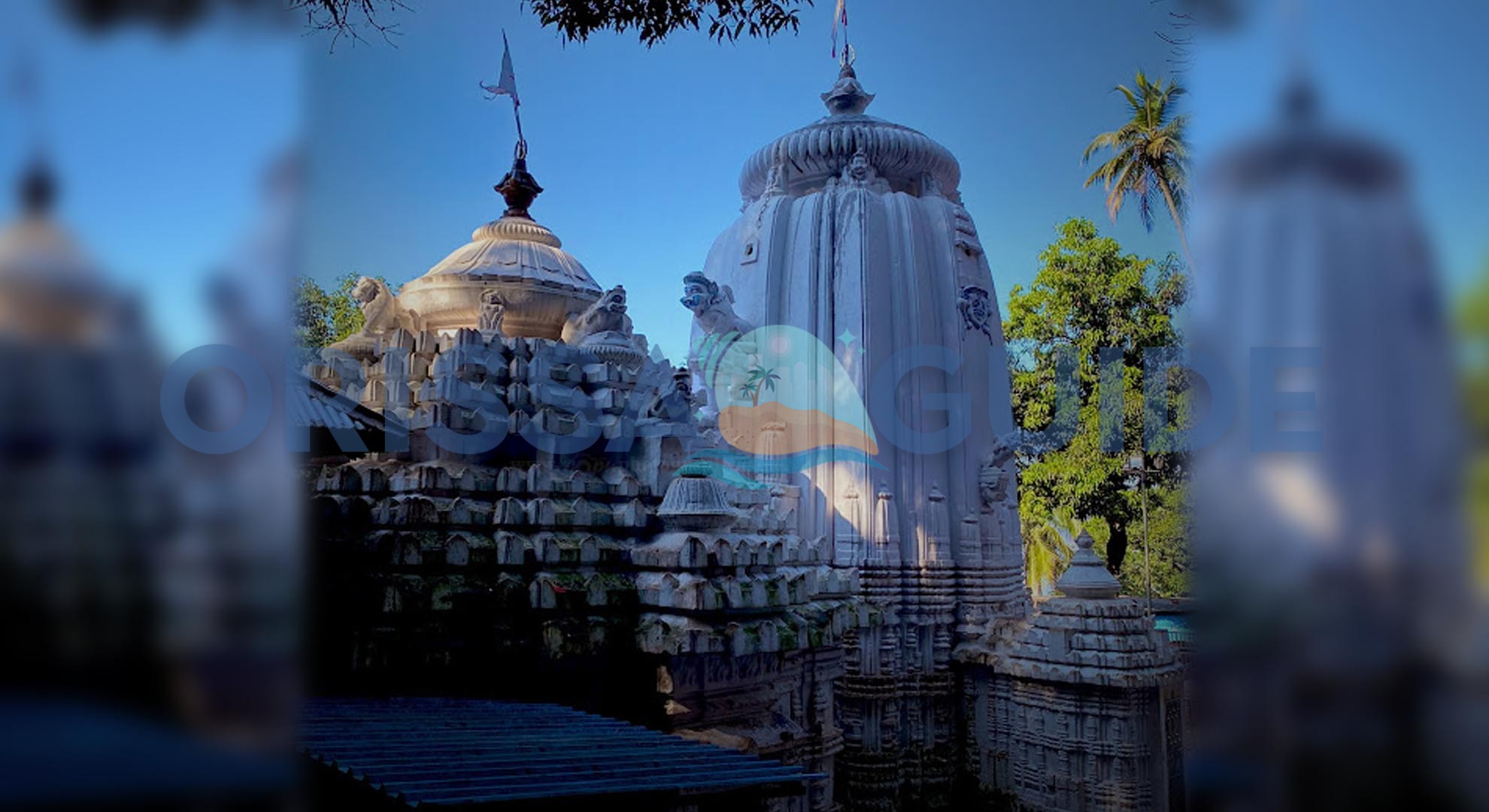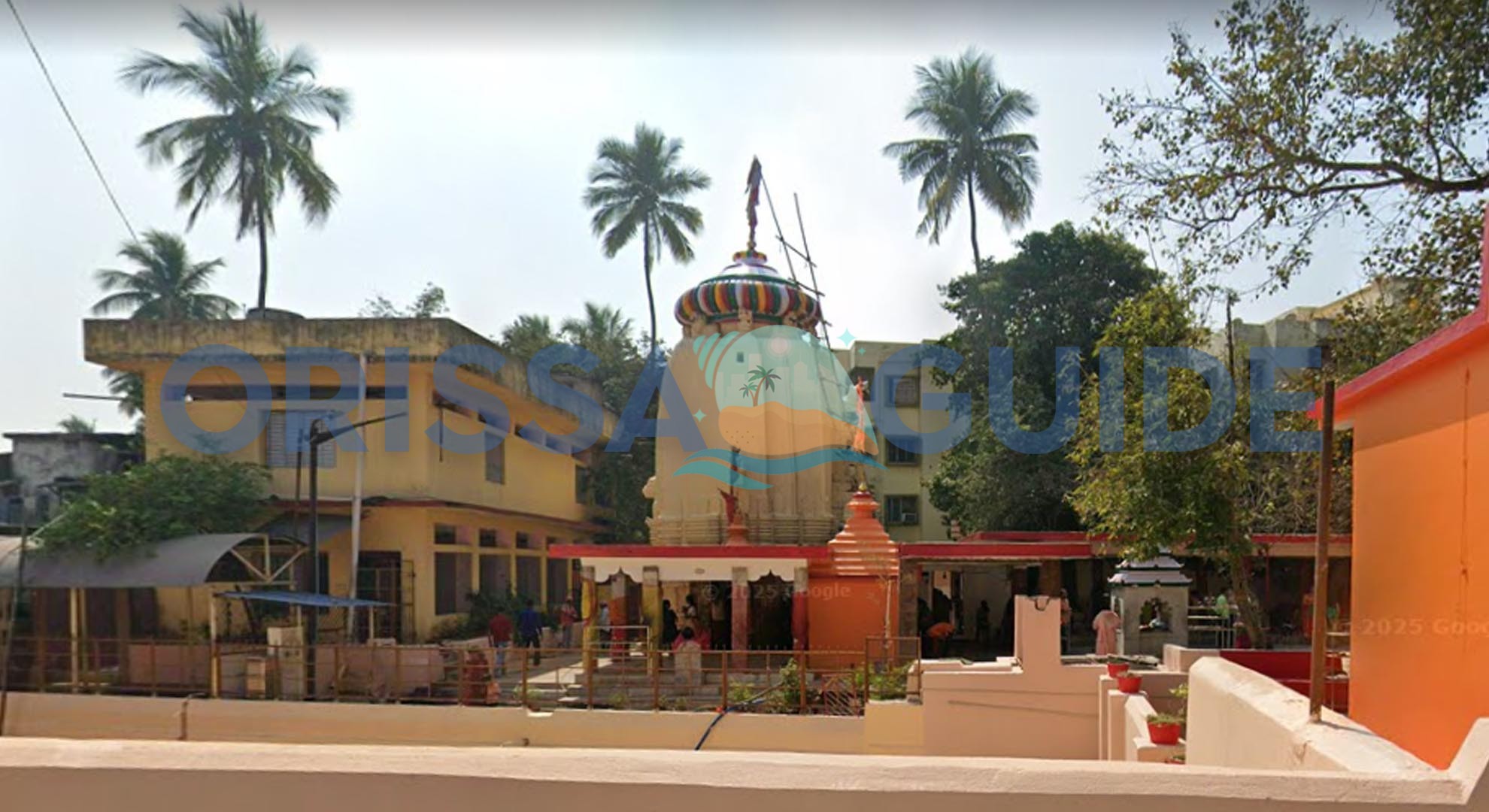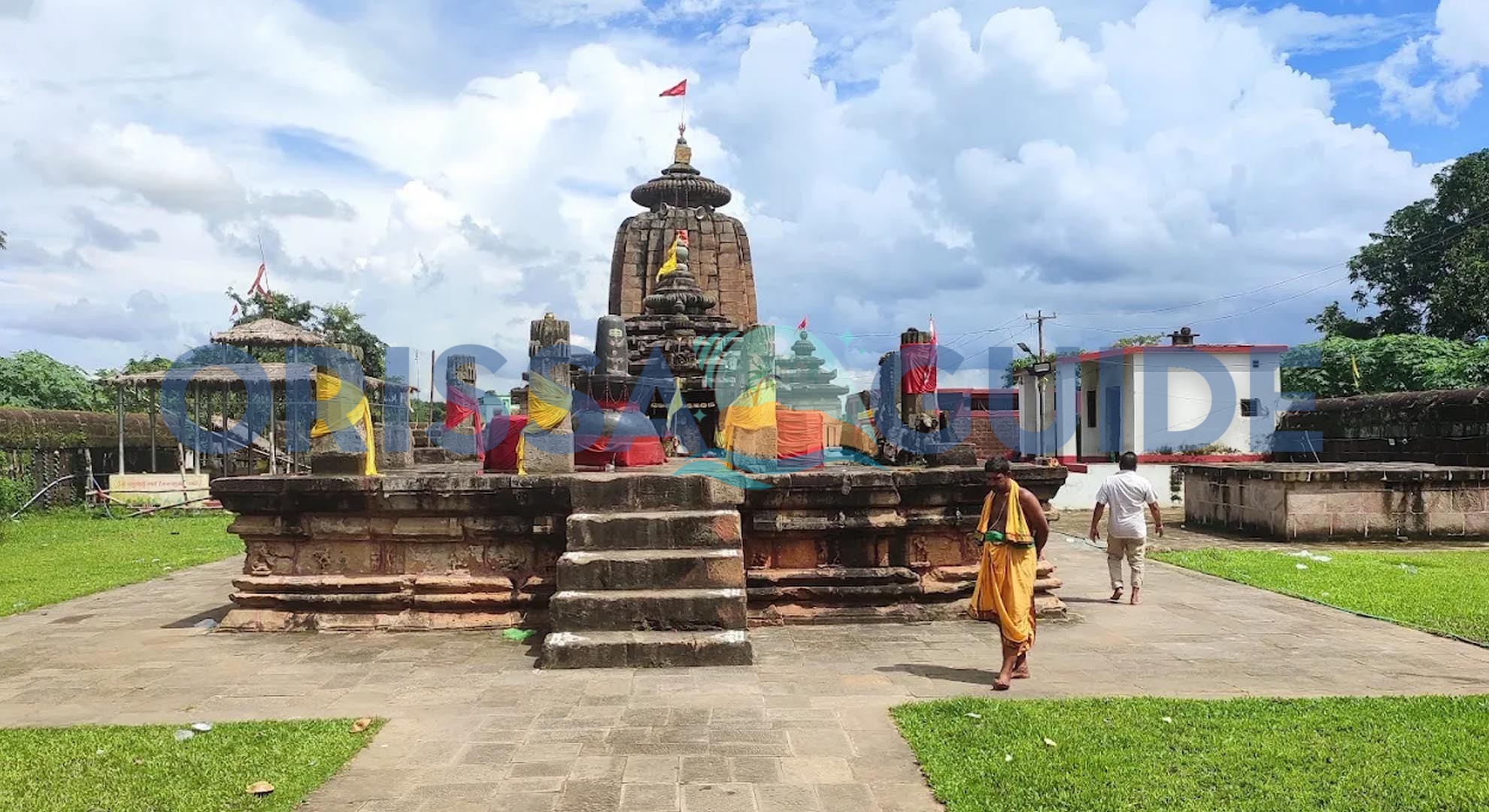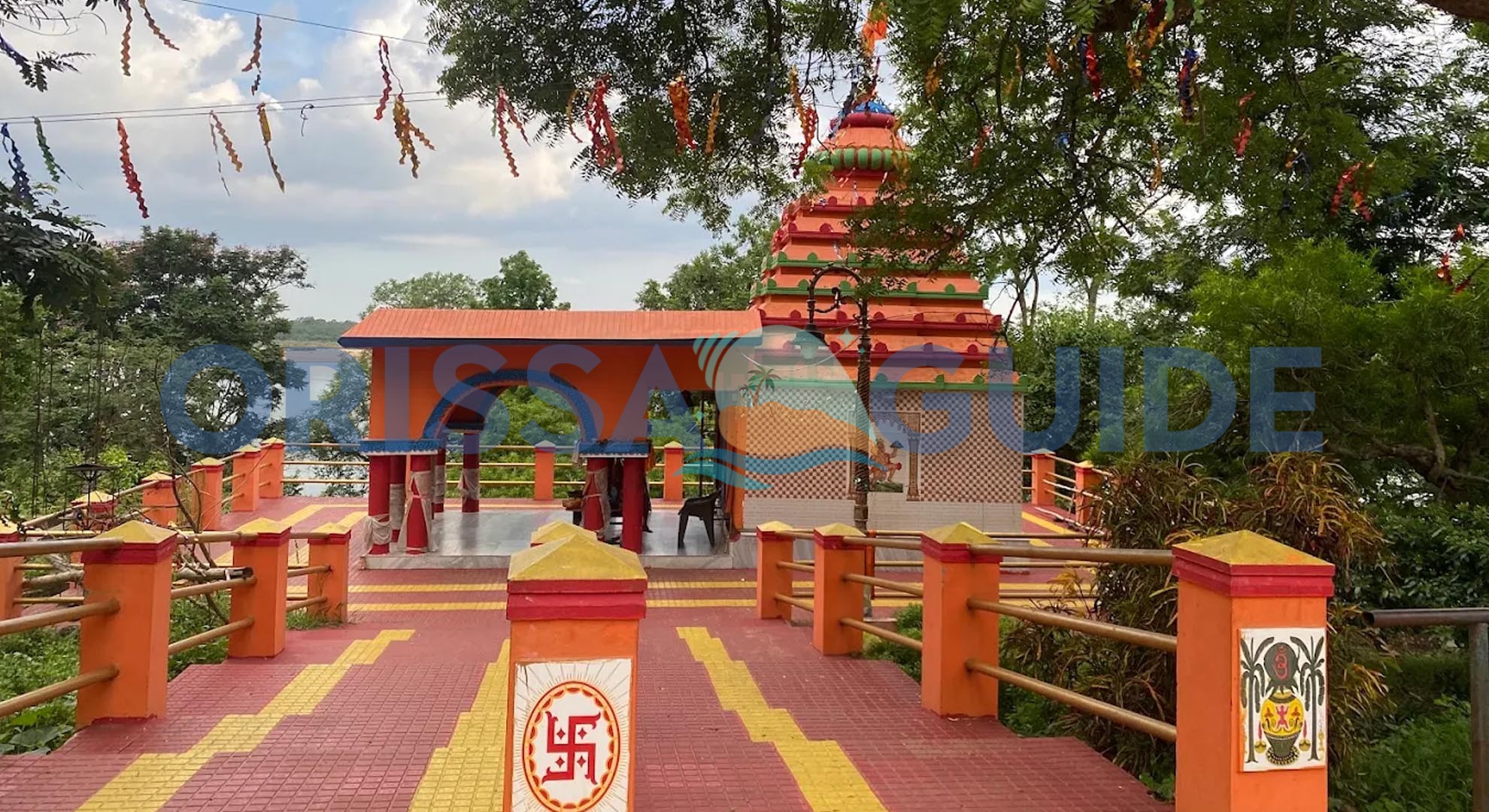Bhubaneswar is considered the birthplace of the modern state of Odisha. It is described as the ‘City of Temples‘ and it lives up to this name in spades. While we can never stress enough the importance of both the Lingaraja Temple and the Mukteshwar Temple, amongst others, the Taleswara Temple and lovely Taleswara Park provide a slower, quieter experience to digest the intimate qualities of the architecture and serenity as you reflect upon the nature of your own existence.
When you arrive at the hallowed grounds of the shrine, constructed for the worship of Lord Shiva, you will be immersed in the Kalinga school of architecture, which is both disciplined in its style and craftsmanship. Upon seeing its aged and weathered yet grand structure, you will feel as if you are standing before an unfiltered snapshot of history, the stories of which are held captive in stone.
Historical Whispers
The walls of the Taleswara Temple speak with muted voices from another time. While the temple appears to have been built in approximately 10th century AD, the ancient nature of the temple is partially through the dedication and vision of the Somavamsi dynasty, and partially due to a lack of engraved inscriptions.
Nevertheless, architectural styles and local myths and legends exist. These tales reference sages and kings of impeccable faith, and divine intervention leading to the temple’s construction. The stories are told through sculpted figures, each singularly and collectively communicates tales of reverent community patronage and reverence.
Every weather-worn figure and moss-covered stone invites exploration and attentiveness, waiting to be uncovered and truly listened to, weaving together elements of myth and history, and allowing benign engagement with the past.
Architectural Marvel
The Taleswara Temple is an extraordinary example of early medieval Odishan architecture. The temple’s deul (sanctum) rises in a curvilinear spire, a characteristic of the Kalinga style and an attempt to symbolize the cosmic mountain, Meru. Its jagamohana ( assembly hall) has a wealth of carvings that illustrate different aspects of contemporary life, mythology, and floral themes.
Although the details have faded with time, the high quality is unmistakable in the proportions of the temple as well as the quality of the brickwork. For historians and architectural enthusiasts alike, examining the Taleswara form is akin to reading an attractive page in the architectural history of India.
A Spiritual Sanctuary
Entering the Lakeside Temple is to experience great peace and spirituality. There is a strong aroma of flowers in the air, and the sound of bells in the Temple gives it a very calming atmosphere that is conducive to prayer and meditation. This Temple is an active place of worship filled with the chanting of priests engaged in ceremonies for Lord Shiva, the temple’s presiding deity.
Inside the Sanctum Sanatorium is the Shiva Lingam that many devotees believe has immense powers. A visit to a Temple like this cannot be comparable to simple cultural tourism, as it allows one to experience the extraordinary spirit and unending harmony of Odisha.
Visitor’s Guide
The organization’s chapter “Visiting the Taleswara Temple” is simple and fruitful. The temple, located in the old town of Bhubaneswar, can be reached by auto-rickshaws or taxis. It is open all day, with two recommended times for willfully making darshan or photography – early morning and early evening when the atmosphere is more substantive.
Remember to dress modestly to honour the visit. While there is no entrance fee, contributions are appreciated. You can make your outing a full day of meaningful experiences by combining your visit to the Taleswara Temple with another heritage site nearby, such as Parashurameshvara Temple; in one outing, you can experience a good deal of spirituality and monumental architecture in the city itself.




